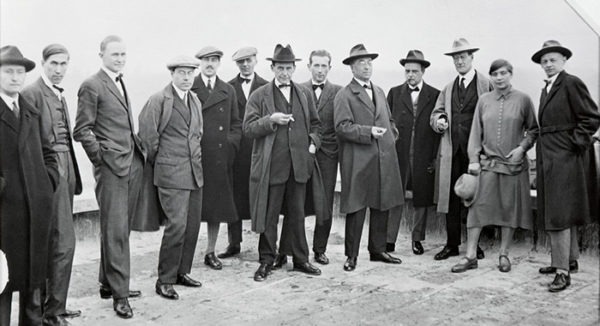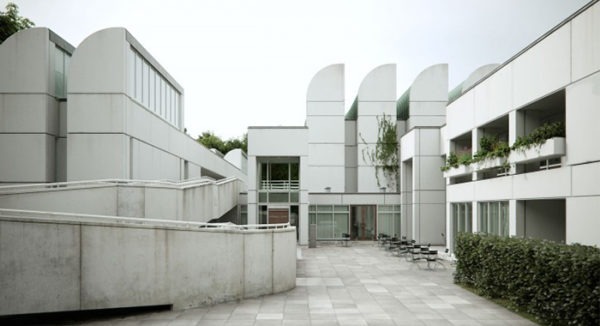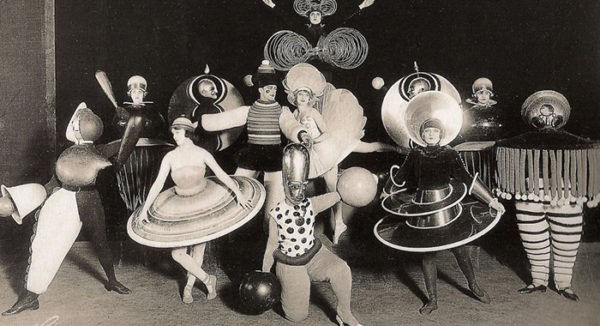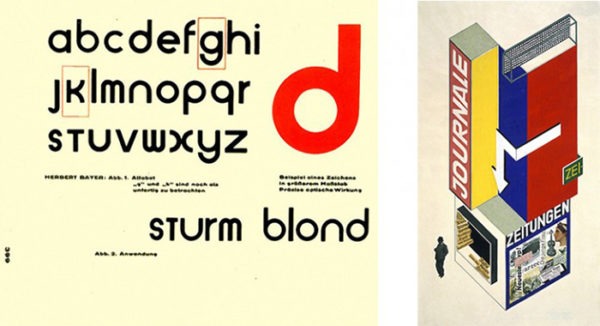
The Bauhaus School
Architecture, art and design have much in common. But there is something they share more than any other discipline and that is the teachings that the Bauhaus School left in the twentieth century, specifically between 1919 and 1933 in Weimar 1919, Dessau 1925 and Berlin 1932. Becoming much more than an artistic movement, in a world reference of architecture, art and design.
The history of the Bauhaus School is closely linked to the German city of Weimar. In fact, it was there that this art academy was founded. The main exponents of the Bauhaus School were, among others:
- Architect Walter Gropius,
- The painter Lyonel Feininger
- Sculptor Gerhard Marcks
- Painters Paul Klee and Vassily Kandisky
- Oskar Schlemmer who gave a theater workshop that left no one indifferent.
- Designer and photographer László Moholy-Nagy
- Architect and furniture designer Marcel Breuer
- Famous architect Mies van der Rohe
One of the main characteristics of this public school, and the reason why it is known today, was the source of artistic innovation that was forged within it. Hence, all those who taught at the school are known today for their furniture designs, interior designs or architectural works.
Among the people who proposed to reform art education were Walter Gropius, whose first project was the Fagus Factory, a building with large windows, contrary to the architecture to which people were accustomed at the time.
Marcel Breuer, first a student and then a teacher at the Bauhaus, whose designs follow the style of expressionist trends, such as his Wassily chair, with its groundbreaking aesthetics.
One of the best known characters of the Bauhaus is perhaps Ludwig Mies van der Rohe, who was director of the school and came to prohibit any political manifestation in the same, tried to save the school mitigating the differences that could be with the Nazi government, but did not succeed in making the Bauhaus closed forever.
The Bauhaus movement was characterized by being influenced by Russian constructivism, expressionism and neoplatonism. Its style was fundamentally based on art without ornamentation, where form follows function, whose principle is that the form of a building or object should be based primarily on its function or purpose.
You are probably wondering why this school, which had to change its headquarters up to three times due to the difficult political situation at the time, was one of the most important in history. Little by little,








